The European Union (EU) is a political and economic union of 27 member states. It represents one of the most influential economic regions in the world. According to the IMF, the combined EU countries GDP stands at approximately $21 trillion in 2025. This immense economic output makes the EU a central player in global economy. Among its members, top five countries including Germany, France, Italy, Spain, and the Netherlands accounts for approximately $13.7 trillion. This accounts for around 66% of the European Union’s total economic output.
Key Takeaways
- The EU countries GDP is approximately $21 trillion, which accounts for nearly 17% of global GDP.
- Germany, France, Italy, Spain, and the Netherlands lead the union economically, with a total GDP of $13.76 trillion.
- Innovation and technology continue to be major factor of economic growth in EU. The countries like Finland, Sweden, and Germany invest heavily in R&D.
Ranked the EU Countries GDP
The table below presents the GDP figures for 27 European countries.
| Country | GDP (Current Prices) 2025 |
|---|---|
| 🇩🇪 Germany | $4.92 trillion |
| 🇫🇷 France | $3.28 trillion |
| 🇮🇹 Italy | $2.46 trillion |
| 🇪🇸 Spain | $1.83 trillion |
| 🇳🇱 Netherlands | $1.27 trillion |
| 🇵🇱 Poland | $915.45 billion |
| 🇸🇪 Sweden | $638.78 billion |
| 🇮🇪 Ireland | $587.23 billion |
| 🇦🇹 Austria | $559.22 billion |
| 🇧🇪 Belgium | $689.36 billion |
| 🇷🇴 Romania | $406.20 billion |
| 🇨🇿 Czech Republic | $360.23 billion |
| 🇩🇰 Denmark | $431.23 billion |
| 🇫🇮 Finland | $319.99 billion |
| 🇵🇹 Portugal | $319.93 billion |
| 🇬🇷 Greece | $265.17 billion |
| 🇭🇺 Hungary | $245.62 billion |
| 🇸🇰 Slovak Republic | $152.48 billion |
| 🇧🇬 Bulgaria | $115.53 billion |
| 🇭🇷 Croatia | $96.03 billion |
| 🇱🇺 Luxembourg | $96.99 billion |
| 🇱🇹 Lithuania | $87.98 billion |
| 🇸🇮 Slovenia | $77.35 billion |
| 🇱🇻 Latvia | $48.16 billion |
| 🇪🇪 Estonia | $45.31 billion |
| 🇨🇾 Cyprus | $37.69 billion |
| 🇲🇹 Malta | $26.26 billion |
The data is sourced from the International Monetary Fund.
European Union Top Economies
🇩🇪 Germany
Germany is the third largest economy globally and the largest in the European Uunion. It comprises a GDP of approximately $5 trillion, which is equal to about 24% of the total EU GDP. It shows that Germany is the strongest and most powerful economy in the Europe. The country boasts a strong industrial base with automotive, machinery, chemical, and electronic sectors. Additionally, it is the EU’s largest exporter, with major exports including machinery, vehicles, chemicals, and electronic products.
🇫🇷 France
France, with a GDP of 3.28 trillion USD, is the second-largest EU economy. It is also the seventh largest economy globally. The services sector plays an important role in the economic prosperity of France, which accounts for over 70% of its GDP. Moreover, France is a home to some of the globally renowned brands in luxury goods such as Chanel Louis Vuitton.
🇮🇹 Italy
Italy is the eighth-largest economy in EU, with a GDP of 2.46 trillion USD. The country is well known for its strong automotive, fashion, and manufacturing industries. Additionally, Northern Italy is a more developed and contribute much to the overall country’s exports, while the south remains more agricultural and less developed economically.
Spain and the The Netherlands are also the powerful economies in the EU. These countries boast GDP of $1.83 trillion and $1.27 trillion respectively. Spain is one of the world’s top tourist destinations, while the Netherlands serves as a key trade hub, home to Europe’s largest port—the Port of Rotterdam.
The Highest and Lowest Average Salaries in Europe By Countries
European Union Mid-sized Economies
Several other EU countries contribute significantly to the EU economy. Poland leads among Eastern European nations with a GDP of $915 billion. Sweden is known for its technological innovation and export-led economy. Ireland has one of the most business-friendly tax regimes in the world that attract multinational corporations. Austria, Belgium, Romania, and the Czech Republic also maintain stable and diversified economies.
Countries with the Lowest GDP in the EU
On the other hand, smaller nations like Malta, Cyprus, Estonia, and Latvia have the lowest GDPs in the EU. While these countries are economically modest, they also play an important role in the regional balance and bring unique advantages to the region.
Conclusion
In 2025, the European Union accounts for approximately $21 trillion in GDP. This region is home to some of the world’s advanced countries which play an important role in research and innovations. Germany, France, and Italy are the top three economies in Europe, these countries also rank among the top ten nations by nominal GDP. The services sector is the backbone of the EU economy, as it accounts for over 70% of GDP in most member countries.







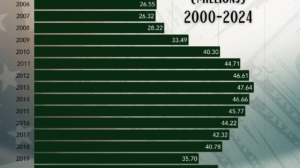

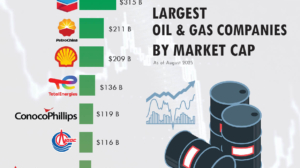
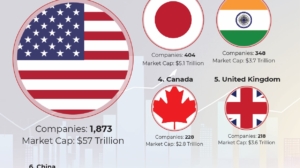

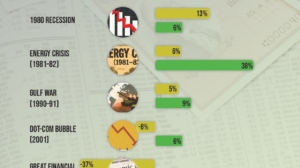
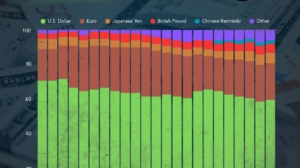

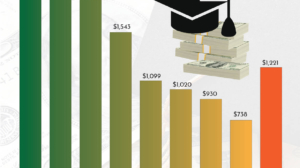
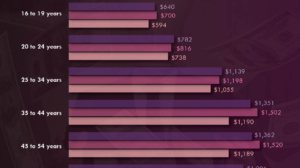
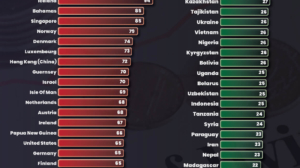
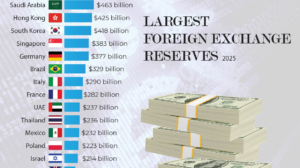

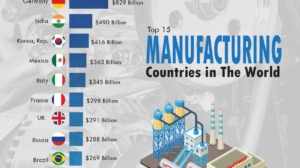
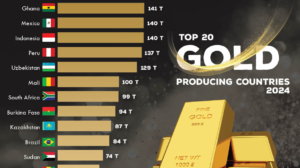

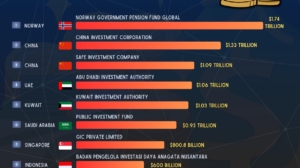
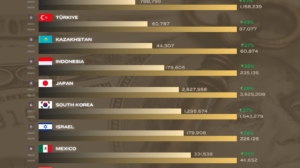
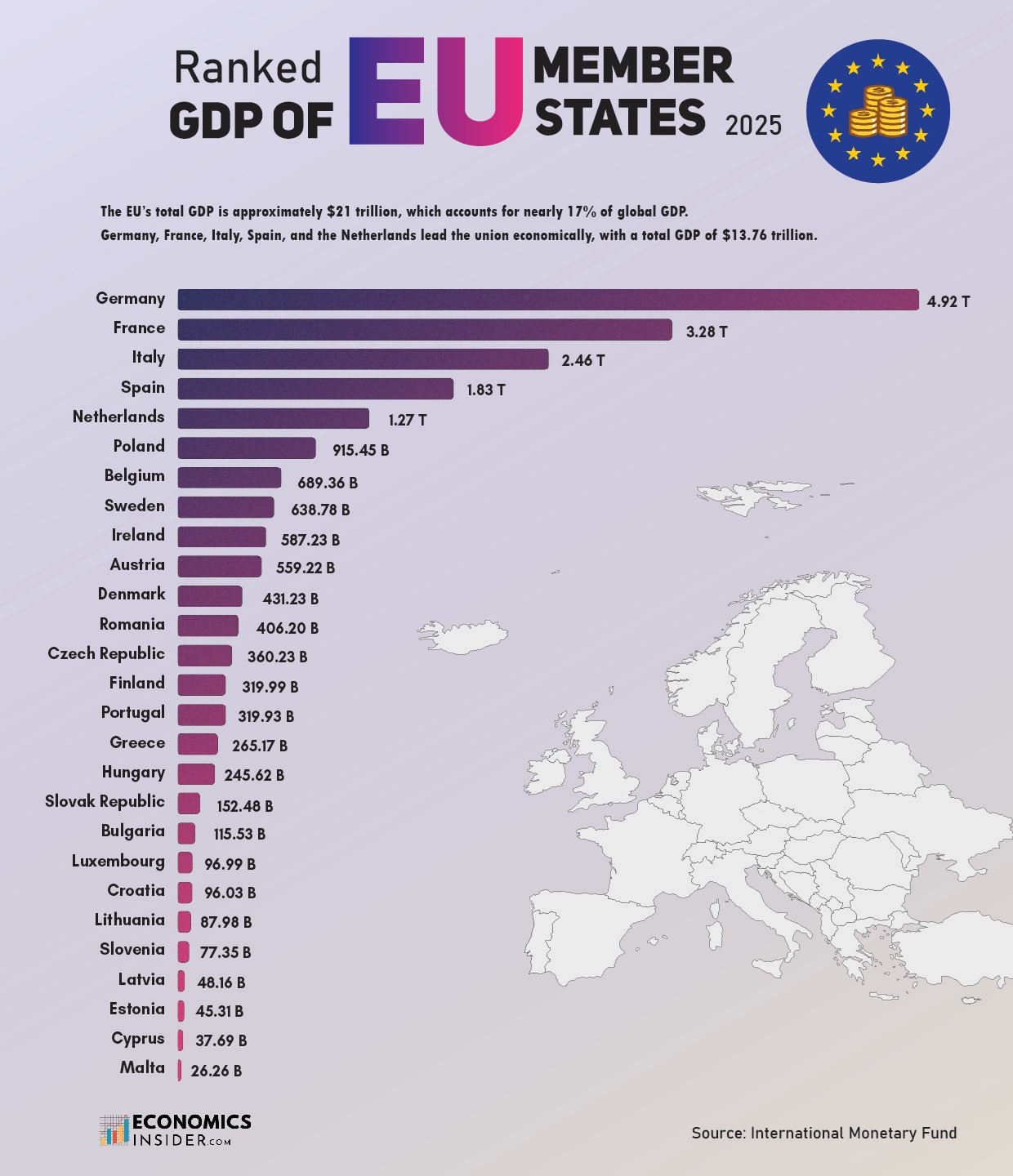


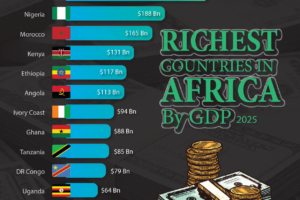








Add Comment